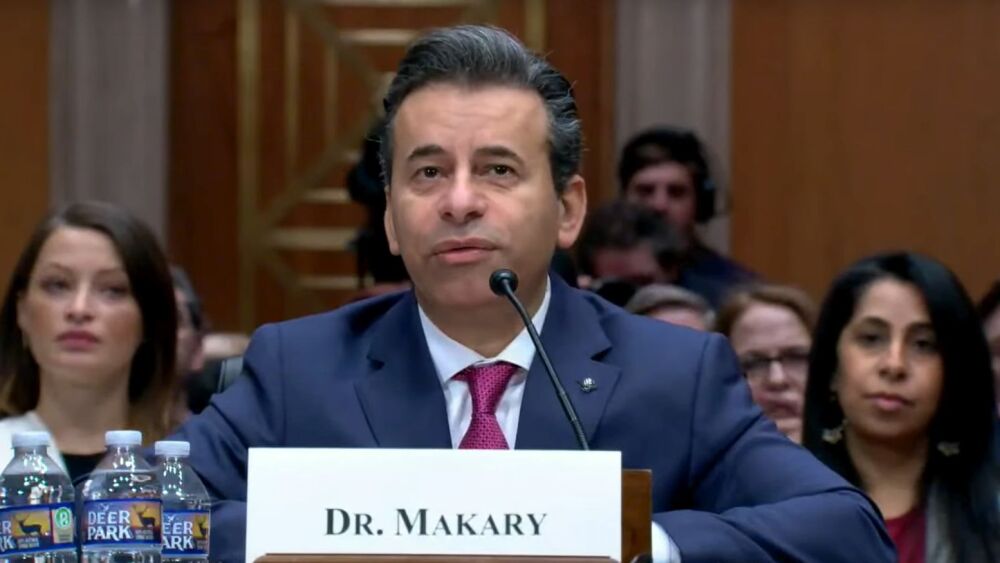The study found that the majority of patients who were given the powerful painkiller did not have cancer or pain associated with the disease, which is what the drug is indicated to help.
PureRadiancePhoto / Shutterstock.com
Fentanyl is a powerful form of opioid given to patients who are suffering from severe pain. The medication is about 100 times more powerful than morphine. A new study shows that a large number of patients who should not have received something so powerful were still prescribed the drug.
Researchers examined data from the U.S. Food and Drug Administration (FDA) to determine if a regulatory guidance met its goal of preventing inappropriate use of Transmucosal Immediate-Release Fentanyl (TIRF) products, which are indicated solely for breakthrough cancer pain in opioid-tolerant patients. According to findings published Feb. 19 in JAMA: The Journal of the American Medical Association, there were multiple failings to monitor the restricted use of fentanyl. First reported by CNN, the researchers found that drugmakers and the FDA failed to monitor the use of the fentanyl drugs established under the guidelines of the FDA program. Evan after the issues were discovered, the researchers noted that “few substantive changes were made.”
The goal of the FDA program was to reduce risks of adverse outcomes, abuse or misuse of the powerful painkillers. The use of the medications was supposed to be strictly monitored and limited to a small subset of cancer patients,” CNN noted.
The release of the study findings comes at a time that former executives from Insys Therapeutics are on trial for allegedly initiating kickback schemes to encourage increased prescribing of that company’s fentanyl cancer pain drug, Subsys.
According to the article abstract, the researchers reviewed FDA documents over the five-year period of 2012 to 2017, and also surveyed 786 individuals 12 months after the inception of the FDA program. According to the findings, 86.1 percent of pharmacists, 87.4 percent of prescribers, and 90.6 percent of patients correctly reported that TIRFs are contraindicated in opioid-nontolerant patients.
However, the research also showed that claims-based analyses 60 months after program inception indicated that 34.6 percent to 55.4 percent of patients prescribed TIRFs were opioid-nontolerant, meaning those patients should never have received this medication. The findings show that the majority of the patients given these TIRF drugs do not have cancer and are not tolerant of opioids.
G. Caleb Alexander, one of the study authors and director of the Johns Hopkins Bloomberg School of Public Health, told CNN that their research found an “alarming use” of the fentanyl products in patients who should never have been prescribed them.
“The prescribing of this medicine was supposed to be closely monitored and contained but was not,” he told CNN. “What we found was that several years after the program was started, there were alarming deficiencies identified, and yet little was done by the FDA and drug manufacturers to effectively address these problems.”
Alexander told CNN that the lack of oversight for these drugs was highly alarming, particularly as the country grapples with an opioid epidemic that claims the lives of 116 Americans daily. While the study was not designed to determine harm done to patients, he noted that the FDA program was meant to restrict the use of those powerful drugs because “there’s a real risk of fatal overdose.” He added that the FDA and the opioid drugmakers share the blame for these kinds of lapses.
The FDA told CNN that shares concerns raised by the report and is planning to modify the TIRF program to address the lapses.





